I have always wanted to take dramatic blue sky photos! The tips below helped me take some amazing blue sky photos with my digital SLR camera.
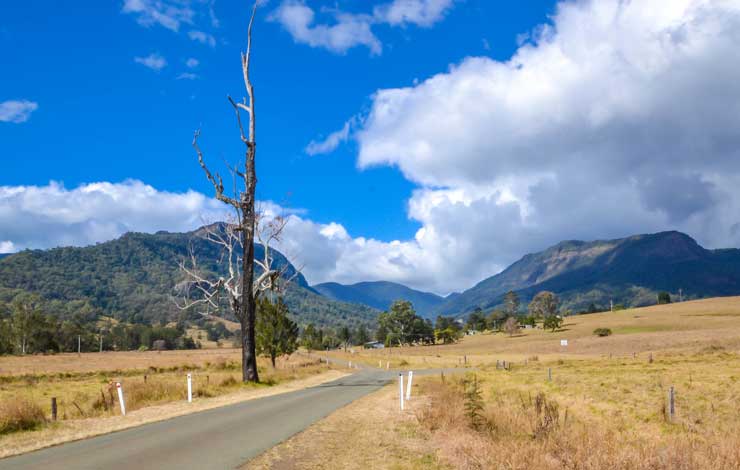
How To Take Blue Sky Photos
Would you like to take astonishing dark blue sky photos with your digital camera?
I have seen some amazing photographs with the bluest of skies and I have always wondered how do you take blue sky photos.
Blue sky photos are actually easy to take if you have the right information, the right equipment and the right conditions.
Also, what I have found helpful is practice. Sometimes you just need to take photographs and put the information and equipment into practice. You will soon find out what works and what does not.
Above all, you must have favorable atmospheric conditions. For example, you will need bright sunlight with minimal pollution or water vapor. There will be days though when there will be no good blue skies. You will simply need to accept this reality.
Here are five tips that helped me take blue sky photos.
1. Perfect Conditions
There are just some days when the conditions are perfect for blue sky photos. However, you will need to properly expose for the sky and that may require polarizing filters.
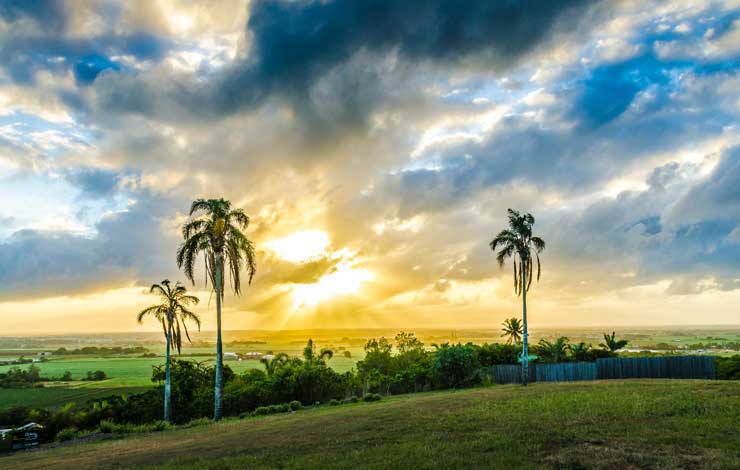
2. Circular Polarizing Filter
Without getting too technical, polarizing filters will change the way your digital camera sees and treats light, especially how your camera sees reflections and glare. The results will be a change of vibrancy in some colors in your photographs.
For example, when a polarizing filter eliminates the reflected light from the moisture in the atmosphere, you will take amazing blue sky photos.
When a polarizing filter mininizes harsh reflections from reflected surfaces like water, glass or shiny objects, the color in your photographs will be enhanced to give you amazing images.
With a circular polarizing filter, you simply need to turn the filter until you get the best result. By the way, a circular polarizing filter screws onto the front of your lens. Once it is attached to your lens, you simply turn the polarizing filter to get the best result.
However, keep in mind the best angle for filtering light from the atmosphere is 90 degrees. Here is one way to remember this rule. You can predict areas of maximum effect for polarizing filters by pointing your index finger at the sun with your thumb extended upward in ‘gun’ fashion. Then rotate your hand while your index finger continues to point at the sun. Anywhere your thumb points will be an area of maximum effect for a polarizing filter.
To put it another way, a polarizing filter accentuates a blue sky only to the degree that its perpendicular to the rays emanating from the sun, shooting perpendicular gives 100% effect whereas shooting parallel (into or away) gives 0%. If you shoot 45 degrees, then it will give you 50%.
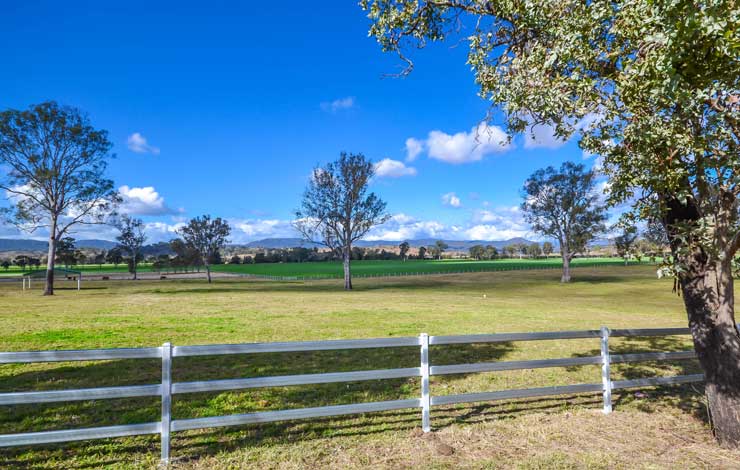
3. Graduated Neutral Density Filters
Graduated neutral density filters (also referred to as split density filters) are another way to accentuate a blue sky in photography.
A graduated neutral density filter reduces the amount of light transmitted through only a portion of the filter so that the foreground exposure is similar to the background exposure.
You can attached the graduated neutral density filter on the front of your lens (see image to your right) and you can move it up or down to balance the amount of exposure.
The great thing about graduated neutral density filters is that you are in control of the light because you can change the position of the filter in the holder to suit your situation at any time.
Learning to use a few simple filters can take your landscape photography to a new level of creativity, and in the process, you can produce great images.
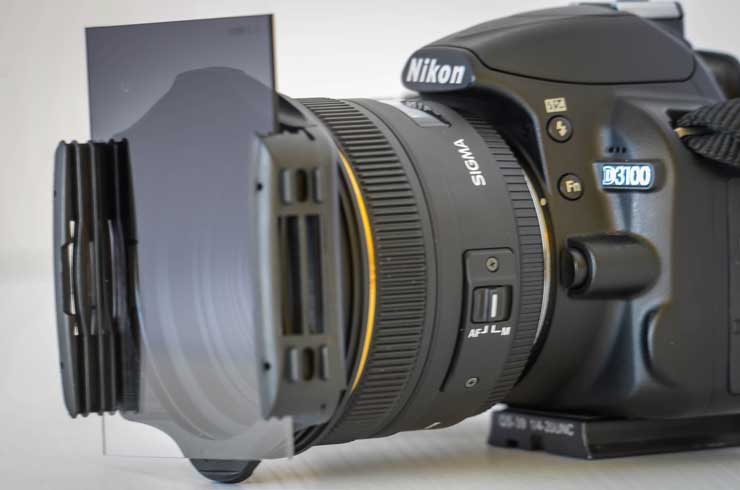
4. Enhance With Adobe Lightroom or Photoshop
Personally, I would prefer to get the correct exposure “in-camera” as opposed to in “post-processing.”
However, you can use Adobe Photoshop to replace the sky with a previous taken photo or you can select the sky and adjust the levels to make the sky bluer. There are several ways you can do this in Adobe Photoshop.
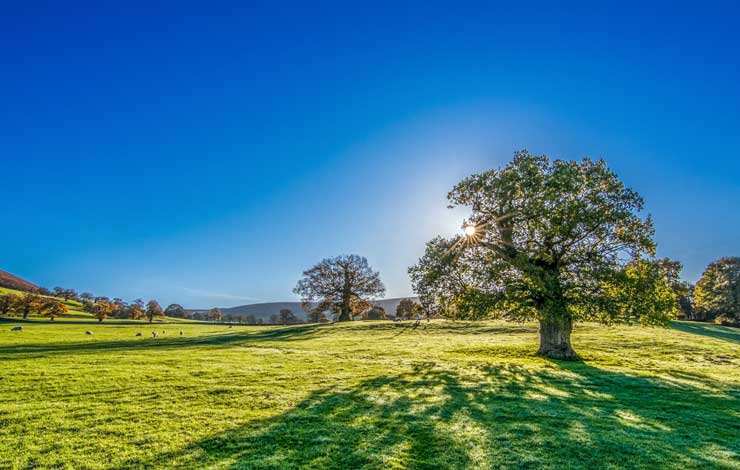
5. Purchase Polarizing Filters
You can purchase polarizing filters from Amazon by clicking on the following link – polarizing filters. When you land on the accessories page, just click on filters in the left column. Enjoy your future blue sky photos!
